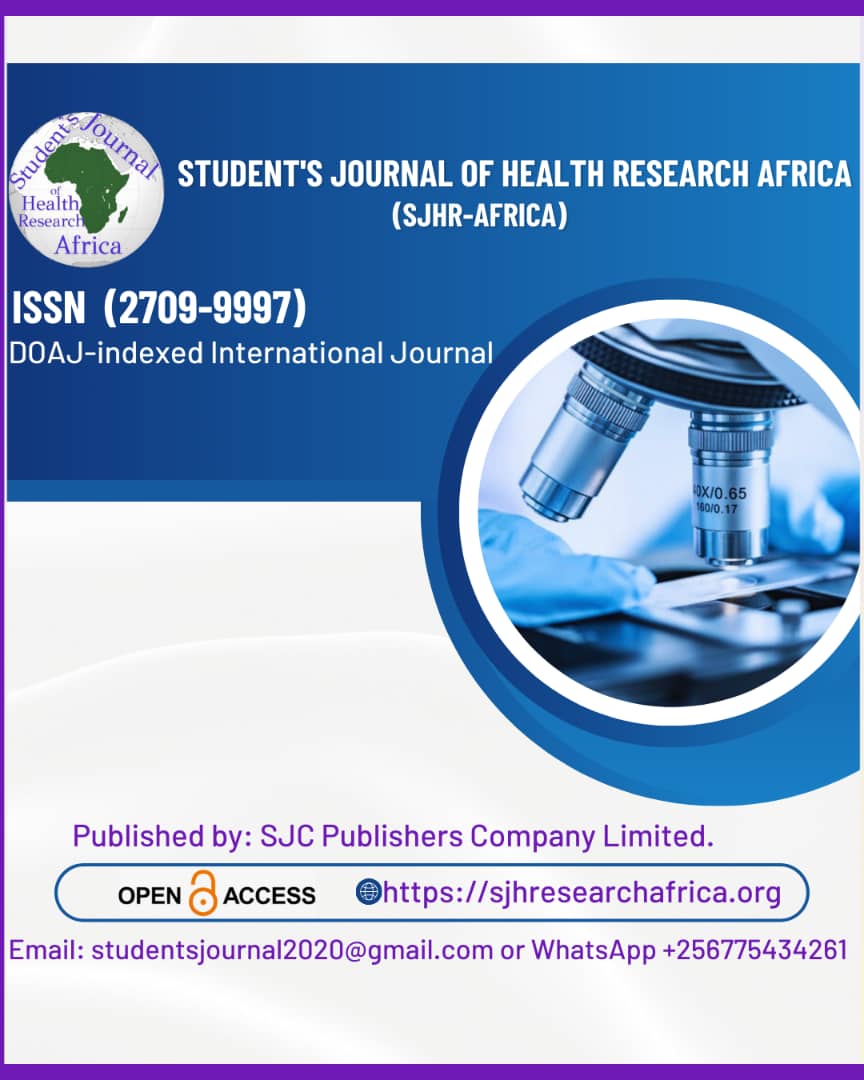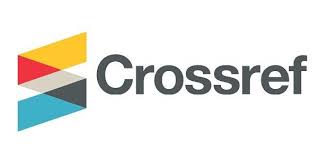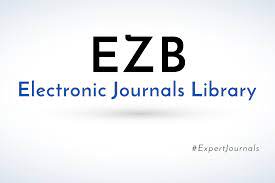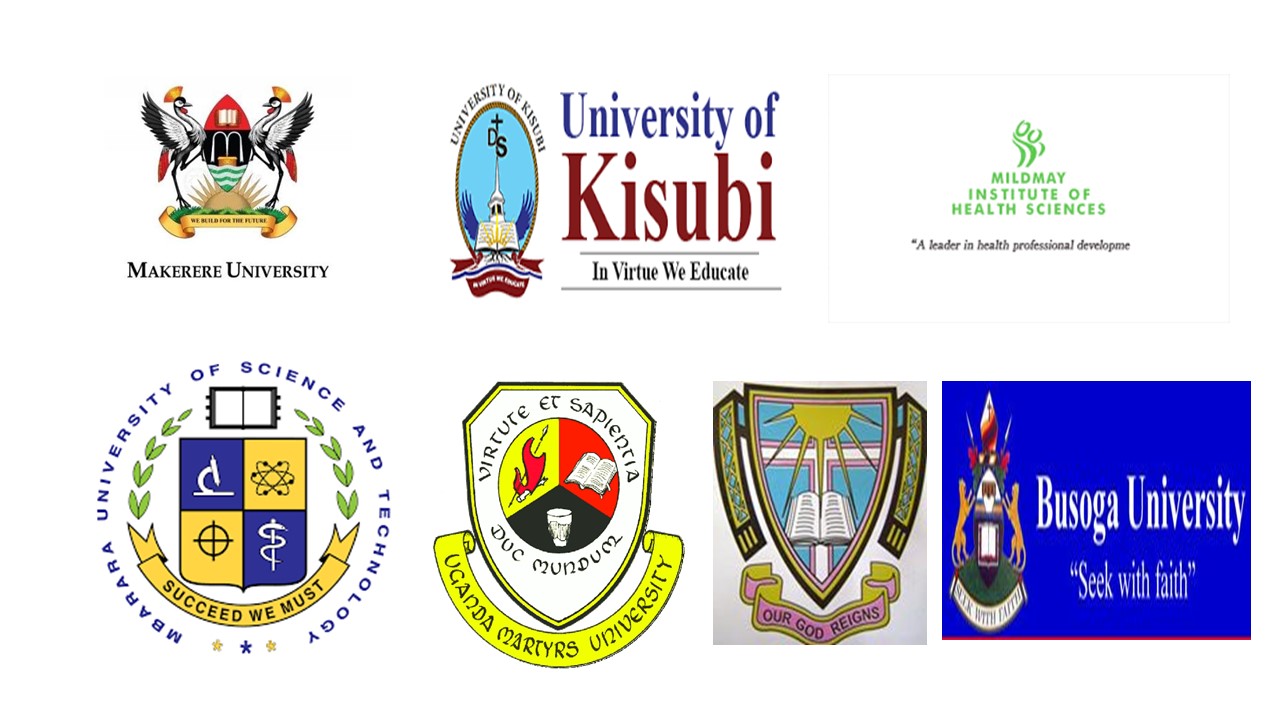From lectures to flipped classroom: A quasi-experimental crossover study on students’ performance and perceptions in learning histology.
DOI:
https://doi.org/10.51168/sjhrafrica.v6i9.2079Keywords:
Anatomy education, Histology, Flipped classroom, Didactic lecture, medical students, Active learning, Knowledge retention, Teaching methodologyAbstract
Background:
Anatomy education has traditionally relied on didactic lectures, but innovative approaches such as the flipped classroom are increasingly being explored to promote active learning, engagement, and deeper understanding.
Objective:
To evaluate the effectiveness of the flipped classroom compared to traditional lectures in teaching histology to first-year MBBS students.
Methods:
A quasi-experimental crossover study was conducted among 150 first-year MBBS students. Two histology topics (stomach and small intestine) were taught using the flipped classroom and didactic lecture methods. Pre-test, mid-test, and post-test scores were recorded using multiple-choice questionnaires. Group A initially underwent flipped classroom teaching, and Group B didactic lectures for Topic 1, followed by crossover for Topic 2. Statistical analysis was performed using paired and independent t-tests.
Results:
The participants comprised 150 first-year MBBS students (52% female; mean age 19.4 ± 0.8 years). Both teaching methods significantly improved student performance. Didactic lectures showed greater short-term gains (mean post-test = 9.48 ± 1.33 vs. 8.92 ± 1.73; p < 0.05). The flipped classroom group demonstrated a steady incremental improvement from pre-test (6.98 ± 1.94) to mid-test (7.25 ± 2.17) and post-test (8.92 ± 1.73), confirming progressive learning and retention (p < 0.001).
Conclusion:
Didactic lectures remain effective for achieving rapid short-term learning gains, whereas the flipped classroom fosters gradual improvement, learner autonomy, and deeper engagement.
Recommendations:
A blended, context-sensitive approach integrating both lectures and flipped classroom strategies is recommended to optimize learning outcomes in anatomy education. Future studies should assess long-term knowledge retention, adaptability, and the role of technology-enabled blended models across diverse medical curricula.
References
Hampel GA, Shekhawat D, Chaiyamoon A, Cardona JJ, Carrera A, Reina F, et al. The superior vesical artery: a review of conflicting definitions and how these could affect invasive procedures. Clin Anat. 2023;36(6):958-62. https://doi.org/10.1002/ca.24084
Bergmann J, Sams A. Flip your classroom: Reach every student in every class every day. Washington: International Society for Technology in Education; 2012.
Prober CG, Heath C. Lecture halls without lectures--a proposal for medical education. N Engl J Med. 2012;366(18):1657-9. https://doi.org/10.1056/NEJMp1202451
Singh K, Mahajan R, Gupta P, Singh T. Flipped Classroom: A Concept for Engaging Medical Students in Learning. Indian Pediatr. 2018;55(6):507-12. https://doi.org/10.1007/s13312-018-1342-0
Phillips J, Wiesbauer F. The flipped classroom in medical education: A new standard in teaching. Trends Anaesth Crit Care. 2022;42:4-8. doi:10.1016/j.tacc.2022.01.001. PMID:38620968; PMCID:PMC9764229. https://doi.org/10.1016/j.tacc.2022.01.001
Joseph MA, Roach EJ, Natarajan J, Karkada S, Cayaban AR. The flipped classroom improves Omani nursing students' performance and satisfaction in anatomy and physiology. BMC Nurs. 2021;20(1):55. https://doi.org/10.1186/s12912-020-00515-w
Khayat M, Hafezi F, Asgari P, Talebzadeh Shoushtari M. Comparison of the effectiveness of flipped classroom and traditional teaching method on the components of self-determination and class perception among university students. J Adv Med Educ Prof. 2021;9(4):230-7. doi:10.30476/JAMP.2021.89793.1385. PMID:34692861; PMCID:PMC8521212.
Prober CG, Khan S. Medical education reimagined: a call to action. Acad Med. 2013;88(10):1407-10. https://doi.org/10.1097/ACM.0b013e3182a368bd
McLaughlin JE, Roth MT, Glatt DM, Gharkholonarehe N, Davidson CA, Griffin LM, et al. The flipped classroom: a course redesign to foster learning and engagement in a health professions school. Acad Med. 2014;89(2):236-43. https://doi.org/10.1097/ACM.0000000000000086
Hew KF, Lo CK. Flipped classroom improves student learning in health professions education: a meta-analysis. BMC Med Educ. 2018;18(1):38. https://doi.org/10.1186/s12909-018-1144-z
Kaur M, Manna S, Ahluwalia H, Bhattacharjee M. Flipped Classroom (FCR) as an Effective Teaching-Learning Module for a Large Classroom: A Mixed-Method Approach. Cureus. 2022;14(8):e28173. https://doi.org/10.7759/cureus.28173
Jha S, Sethi R, Kumar M, Khorwal G. Comparative Study of the Flipped Classroom and Traditional Lecture Methods in Anatomy Teaching. Cureus. 2024;16(7):e64378. https://doi.org/10.7759/cureus.64378
Premchand SA, Naik K, Bhonsle S. Effectiveness and perception of flipped classroom over didactic lectures in teaching embryology among first year medical students: A comparative study. Res J Med Sci. 2024;18:343-6. doi:10.36478/makrjms.2024.10.343.346.
Afshar M, Zarei A, Moghaddam MR, Shoorei H. Flipped and peer-assisted teaching: a new model in virtual anatomy education. BMC Med Educ. 2024;24:722. https://doi.org/10.1186/s12909-024-05697-4
Nanjundaiah K, Komala, Anuradha HV. Comparison of flipped classroom versus traditional didactic lectures among medical students: A mixed-method study. Natl J Clin Anat. 2024;13(1):41-4. https://doi.org/10.4103/NJCA.NJCA_184_23
Gopalan C, Bruno EL, Daughrity SE, Nguyen K-LT. Flipping the anatomy classroom: a comparative analysis of 16-week and 8-week courses in a community college. Front Educ. 2024;9:1389825. https://doi.org/10.3389/feduc.2024.1389825
Salinas-Álvarez Y, Quiroga-Garza A, Martínez-Garza JH, Jacobo-Baca G, Zárate-Garza PP, Rodríguez-Alanís KV, et al. Mexican educators' survey on anatomical sciences education and a review of world tendencies. Anat Sci Educ. 2021;14(4):471-81. https://doi.org/10.1002/ase.2017
Downloads
Published
How to Cite
Issue
Section
License
Copyright (c) 2025 Dr. Kavya, Dr. Geetha Saraswathy Pitchandy, Dr. Ramesh Bindinganabile RangaIyengar , Dr. Sharmadha Kodur LaxmiNarayana , Dr . Yogi Anupkumar Balakrishnan

This work is licensed under a Creative Commons Attribution-NonCommercial-NoDerivatives 4.0 International License.





















